The Difference Between Aerobic and Non-Aerobic Septic Systems
When it comes to wastewater treatment for homes not connected to municipal sewer systems, septic systems are the go-to solution. However, not all septic systems are created or function in the same way. There are two primary types: aerobic and non-aerobic (anaerobic) systems. Understanding the differences between different types of septic system services can help you make more informed choices about your waste management solutions.
Non-Aerobic Septic Systems
Non-aerobic septic systems are the traditional choice for many households. They operate in the absence of oxygen, relying on anaerobic bacteria to break down waste. In our experience, these systems typically consist of a single tank where waste settles into layers, with solids at the bottom and scum on top. According to Forbes, a regular septic tank needs to be pumped every two to five years. Our experts agree that these systems are simpler and generally less expensive to install and maintain compared to their aerobic counterparts.
Aerobic Septic Systems
On the other hand, aerobic septic systems, also known as Aerobic Treatment Units (ATUs), use oxygen to treat waste. These systems introduce air into the tank, promoting the growth of aerobic bacteria, which are more efficient at breaking down waste. This results in cleaner effluent and less environmental impact. However, they require more maintenance and a constant supply of electricity. Forbes notes that if you live in a rural area and use an ATU, it requires annual cleaning, making it more demanding in terms of upkeep.
Aerobic vs. Non-Aeorbic
Beyond maintenance and operational differences, the choice between aerobic and non-aerobic systems can also impact the quality of treatment and environmental factors. As septic system services providers could tell you, aerobic systems generally produce a higher quality of effluent, making them suitable for areas with sensitive ecosystems or stringent discharge regulations. Conversely, non-aerobic systems, while less maintenance-intensive, may require additional treatment before discharge, especially in environmentally sensitive areas.
The decision between an aerobic and non-aerobic septic system hinges on multiple factors. Traditional non-aerobic systems offer simplicity and lower upfront costs, while aerobic systems provide better treatment and can be more environmentally friendly. Understanding the differences in these
septic system services can help you choose the ideal waste treatment solution for your home.
Ready to invest in your home's new septic system? Here at Bay State Sewage Disposal, Inc. Environmental Services Company, we're a family-owned and operated team of septic experts with years of experience. We also offer our clients 24/7 emergency services. Contact us today to get started!

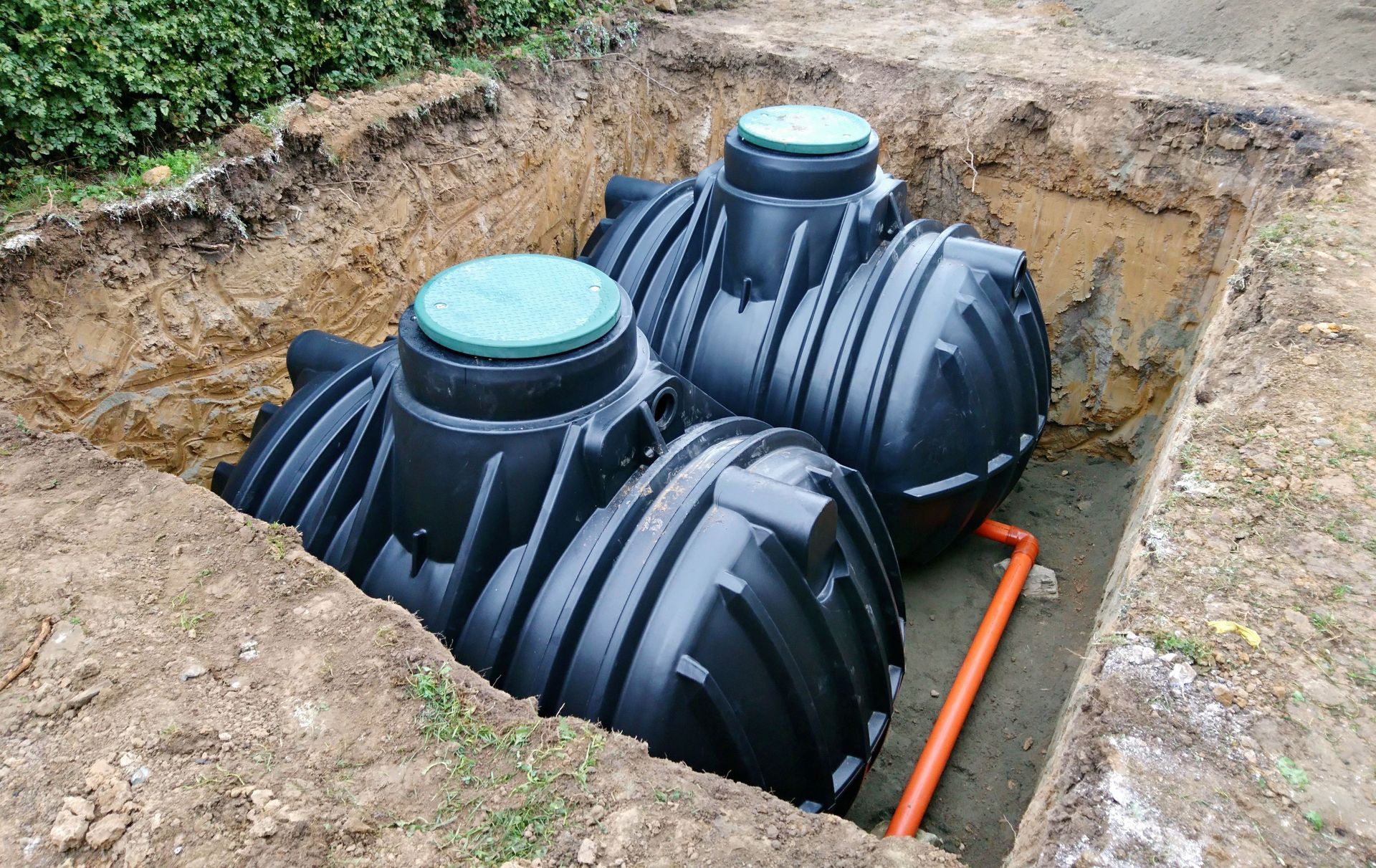
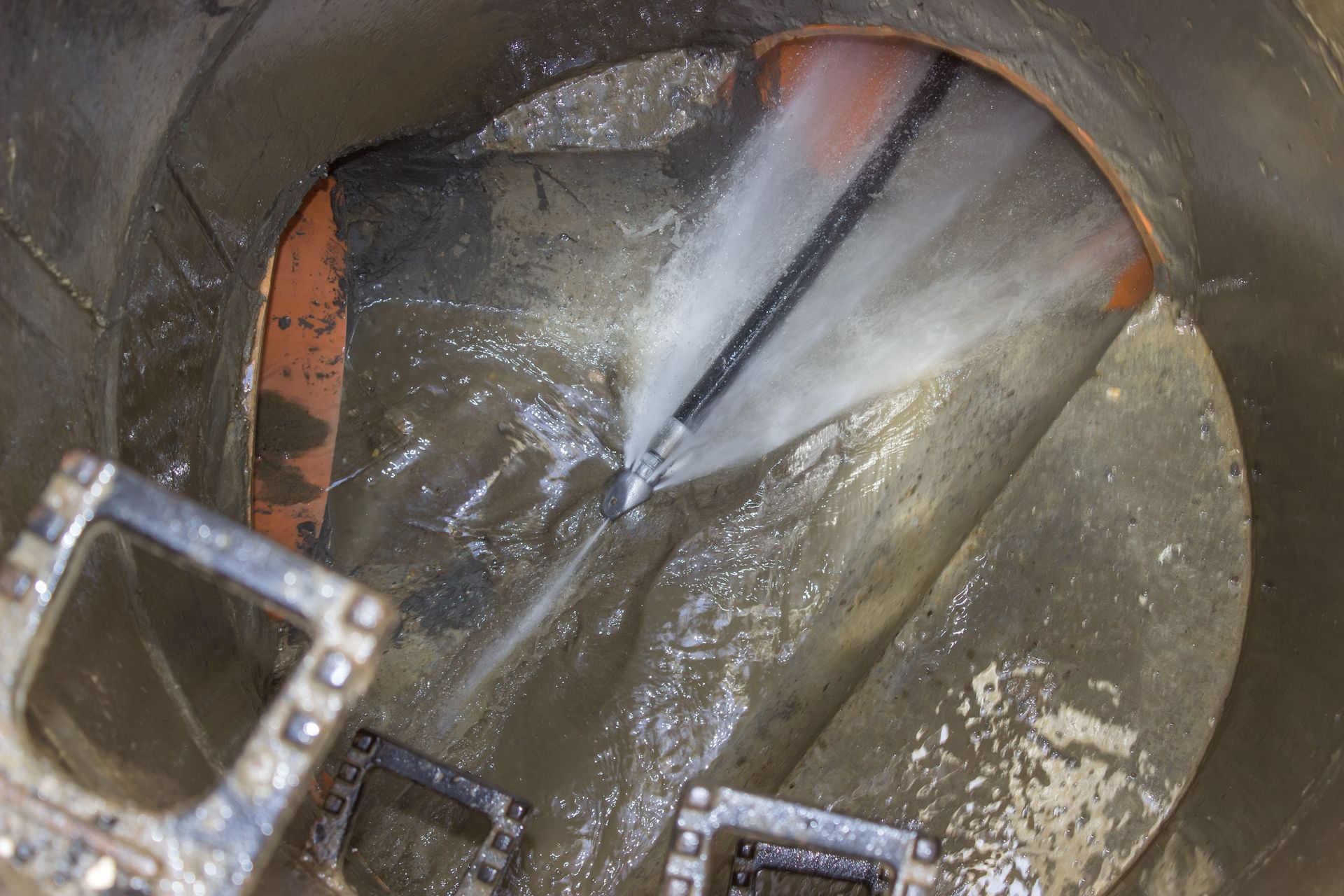
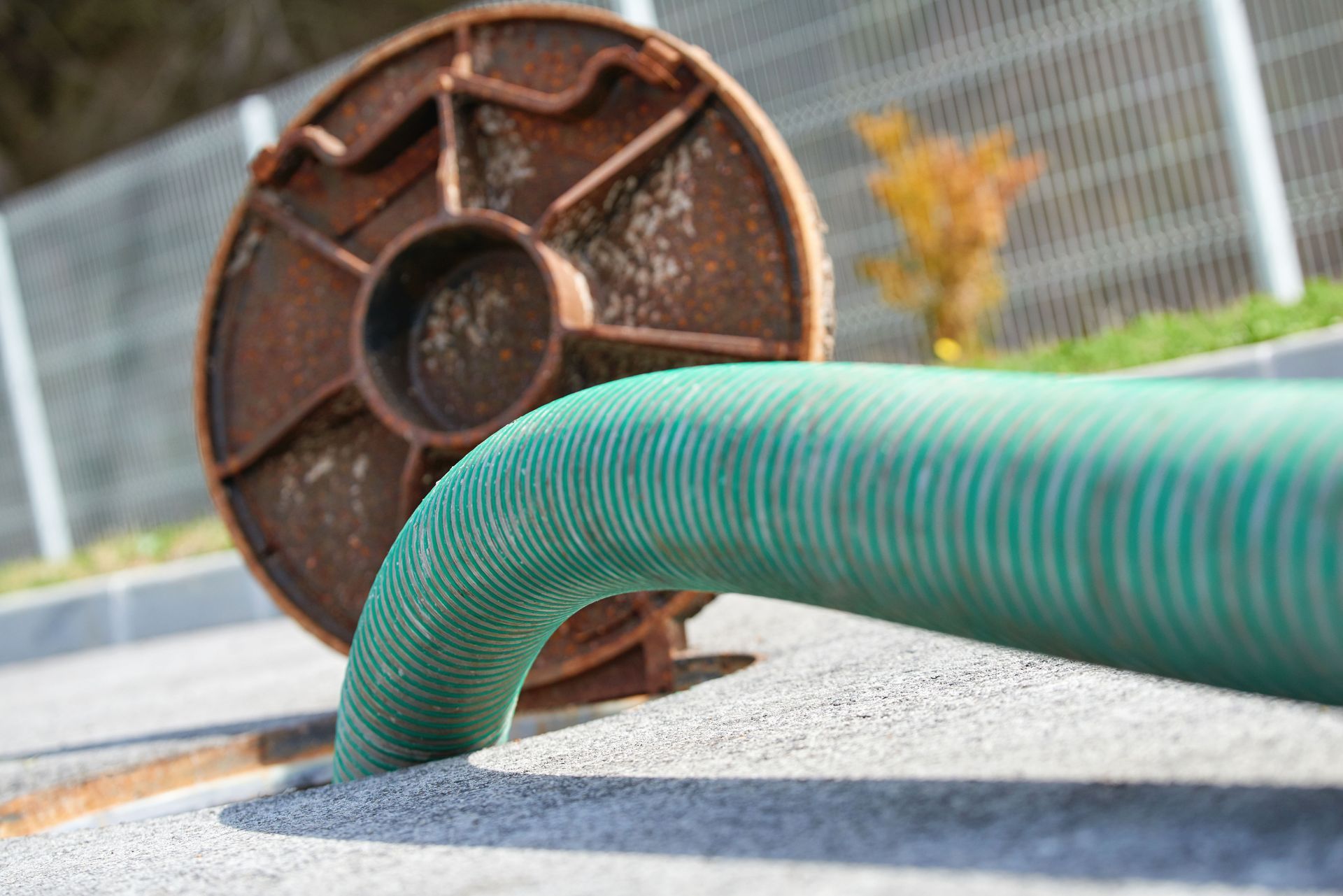
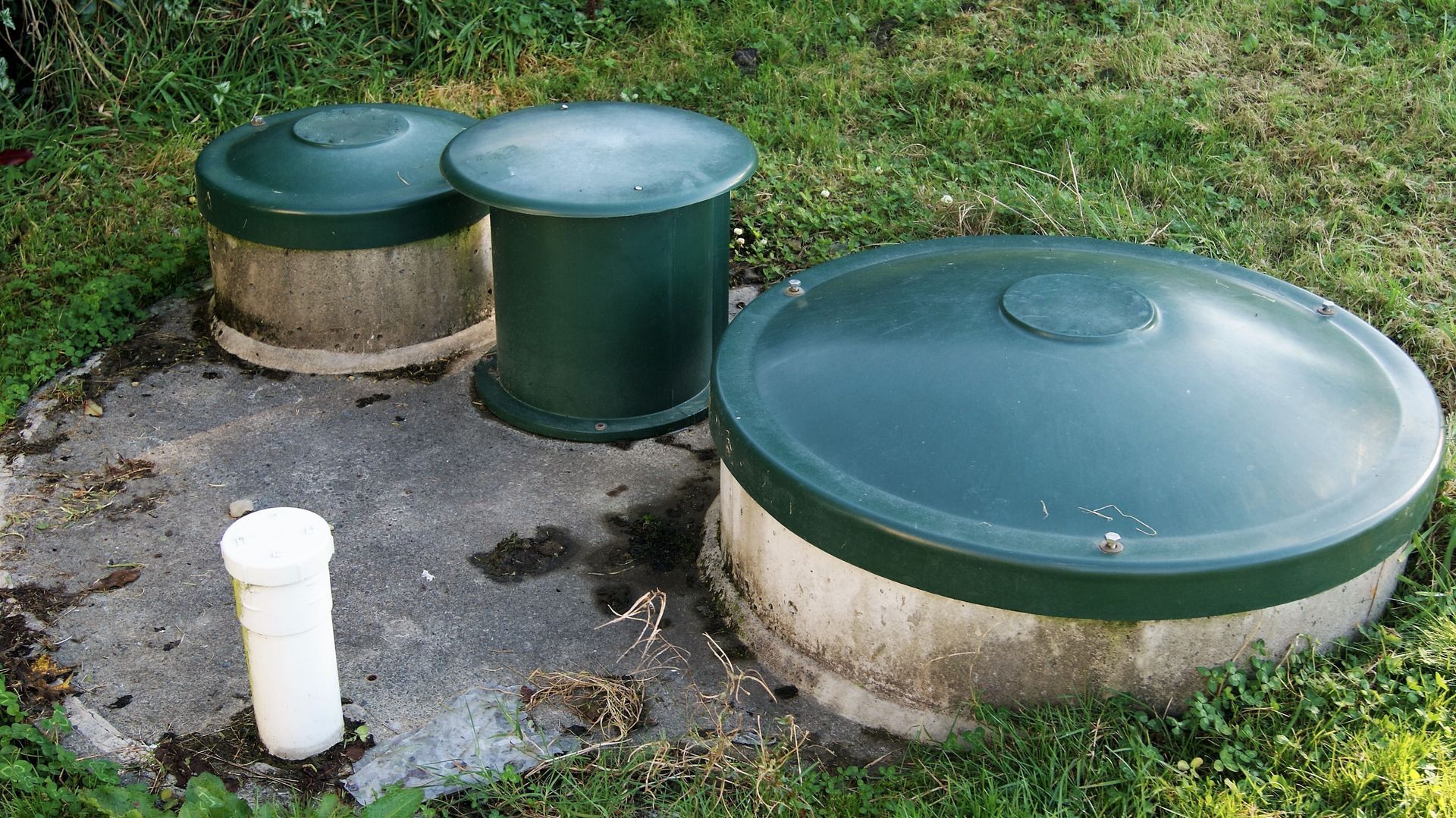
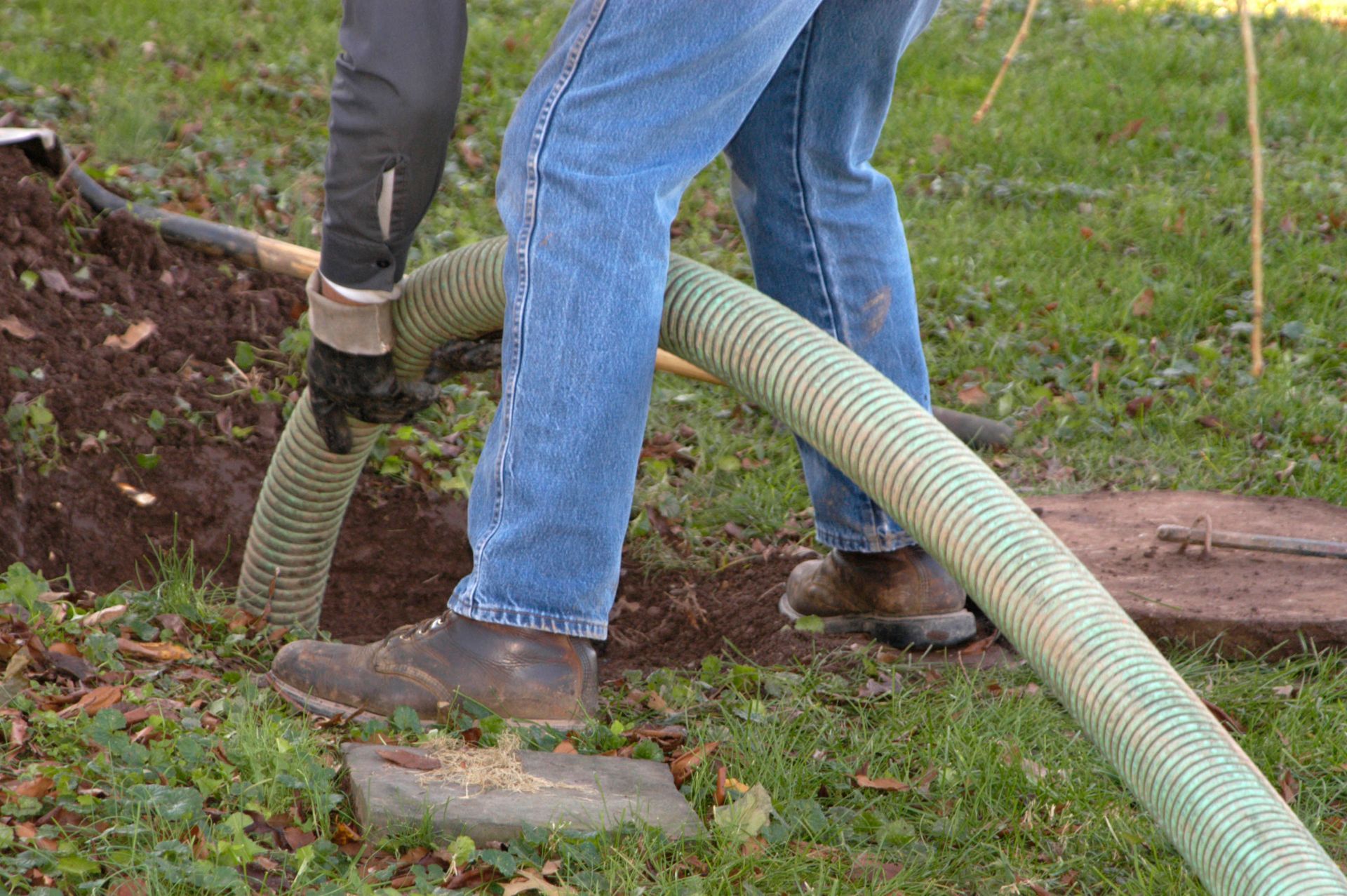
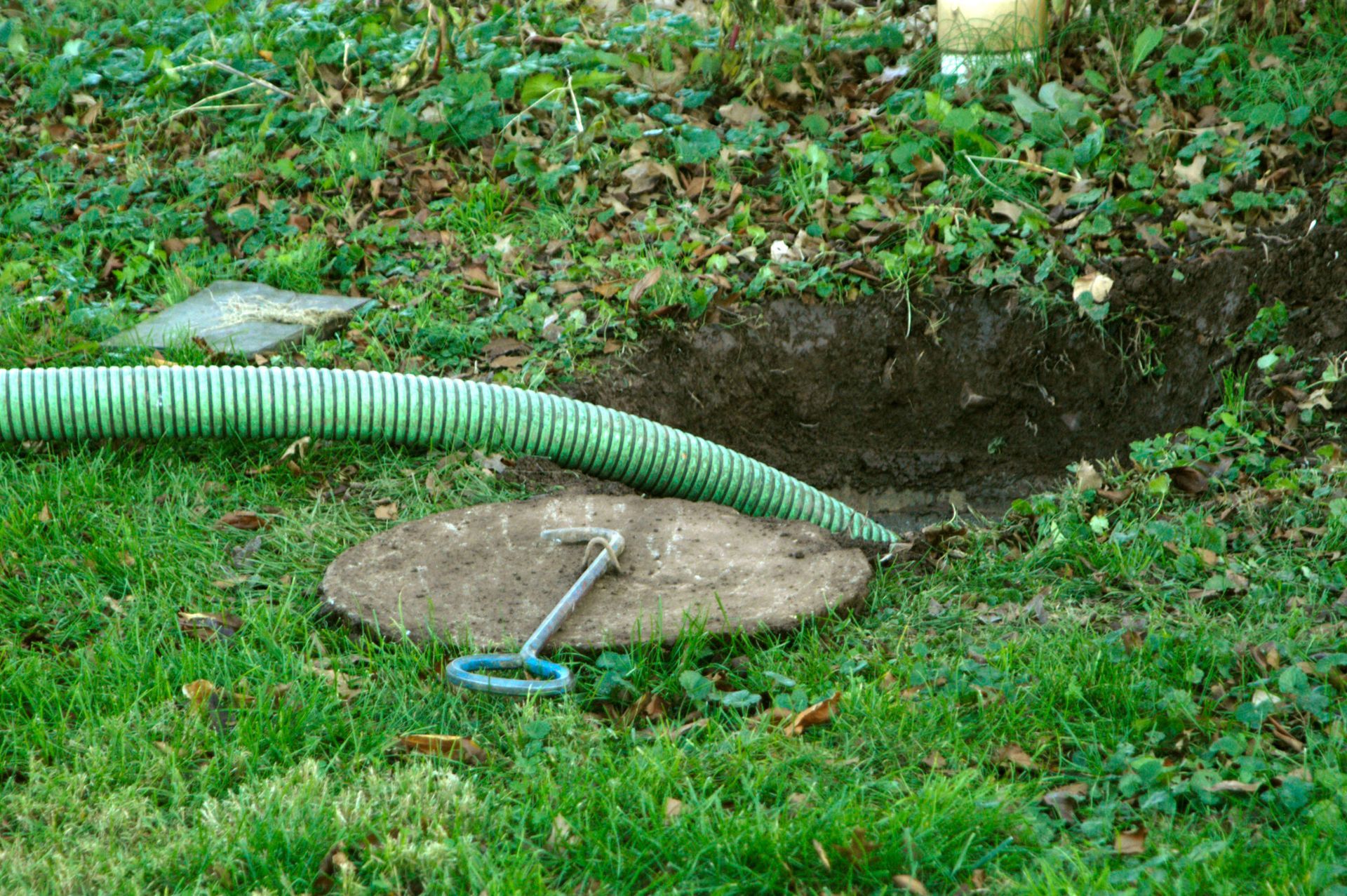
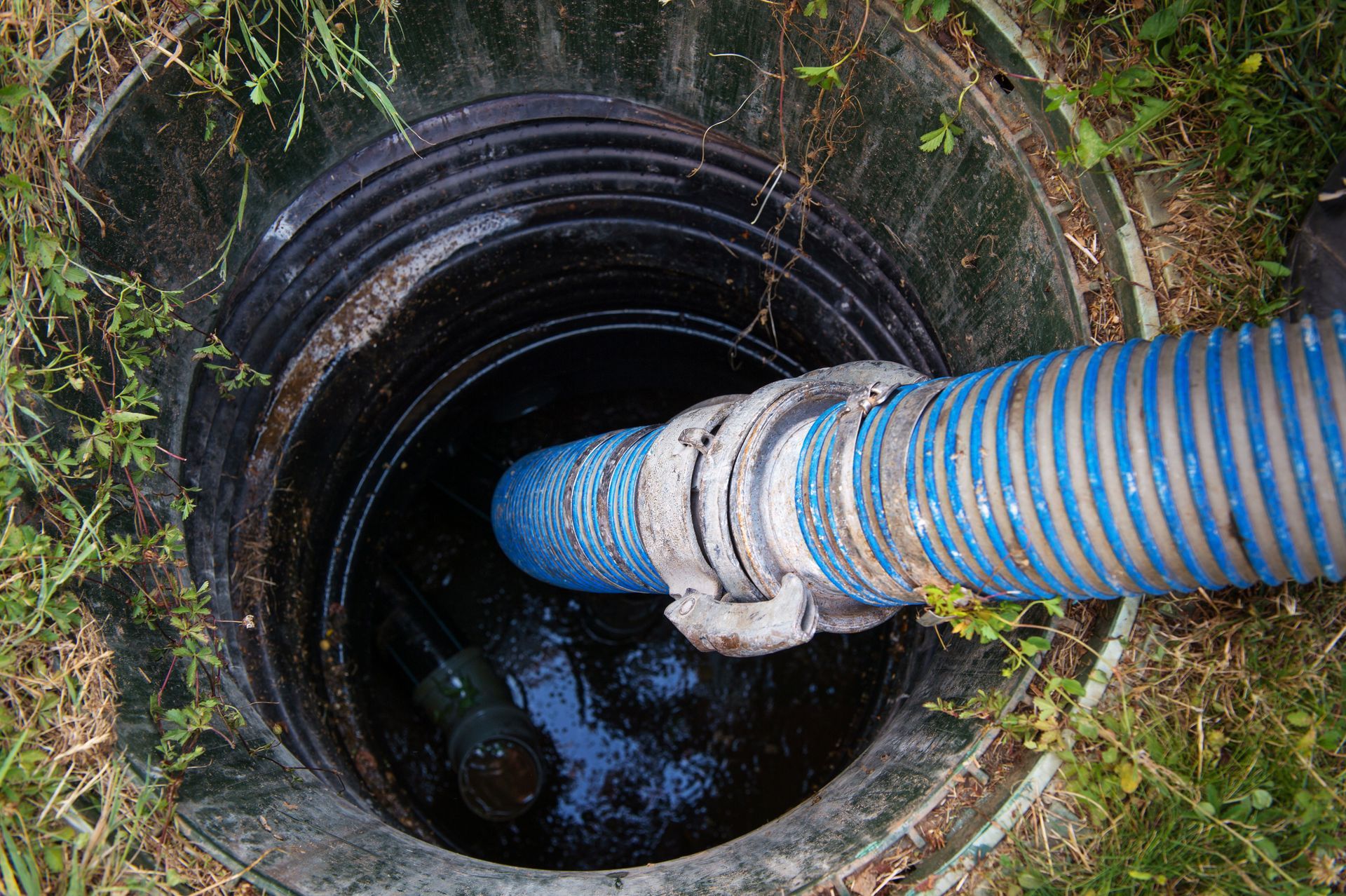
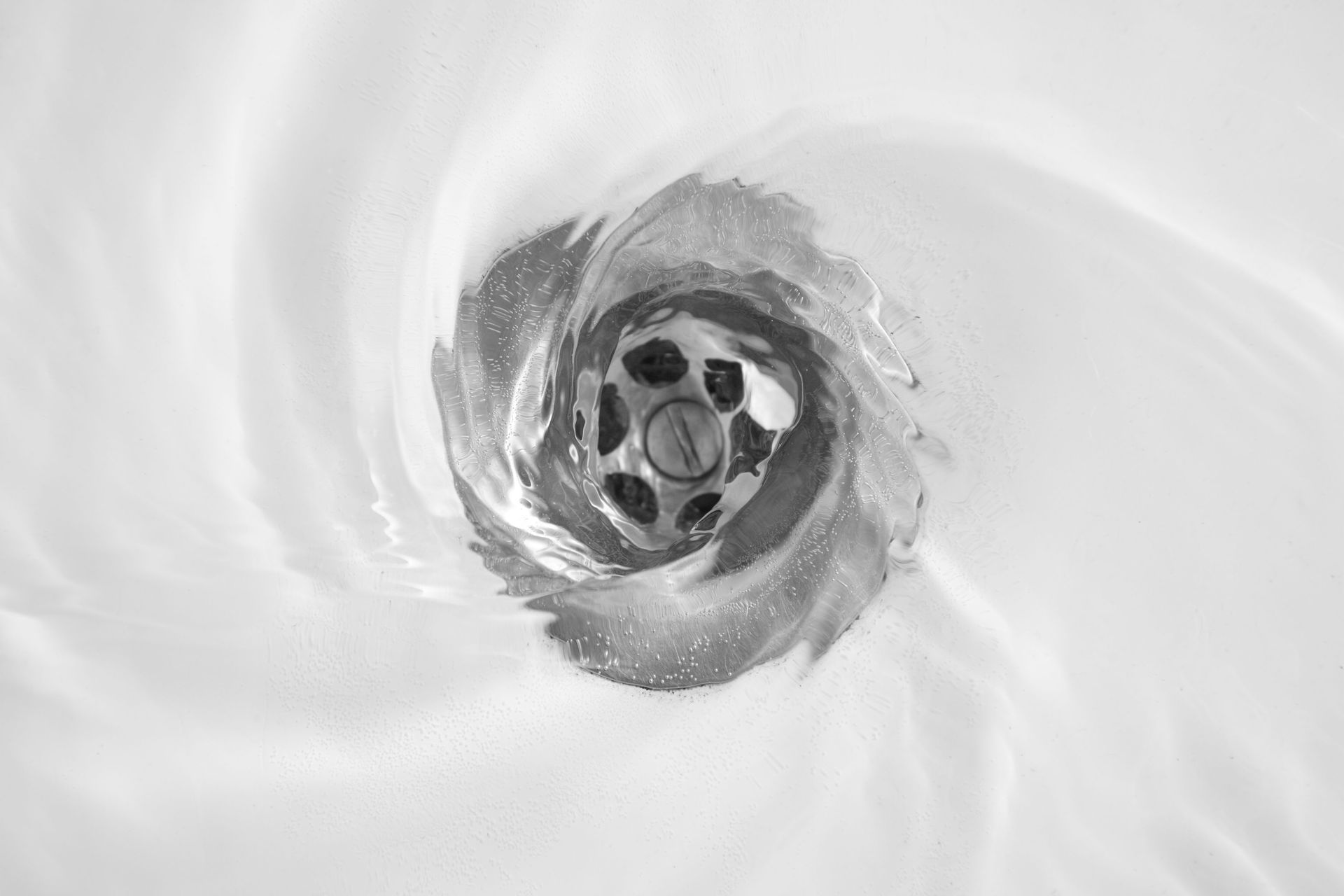
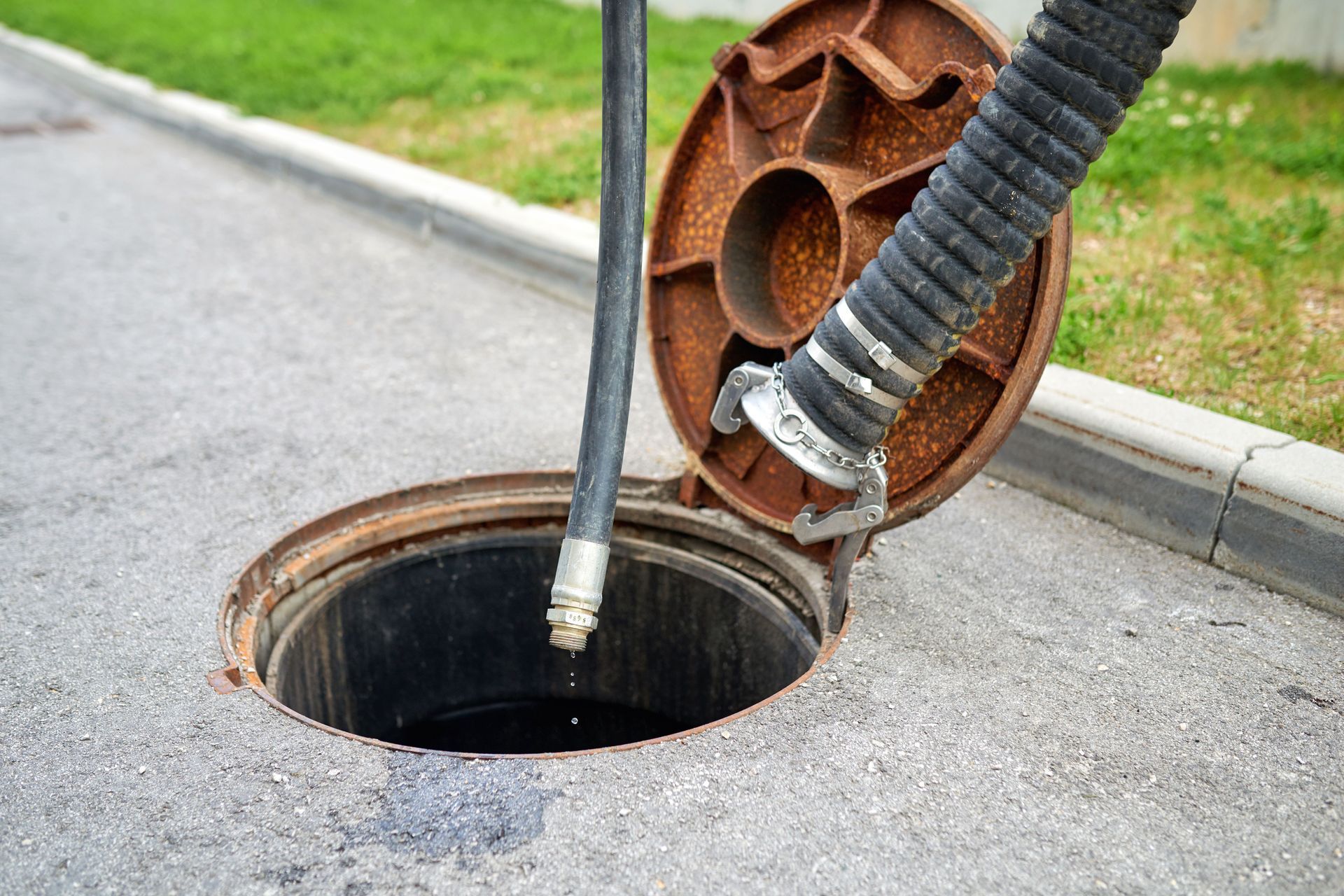
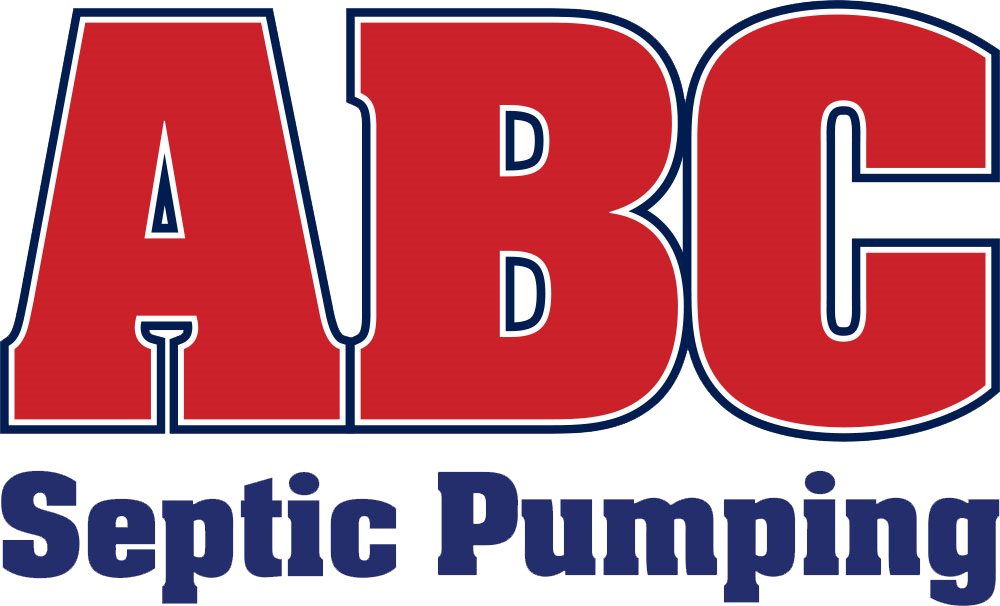

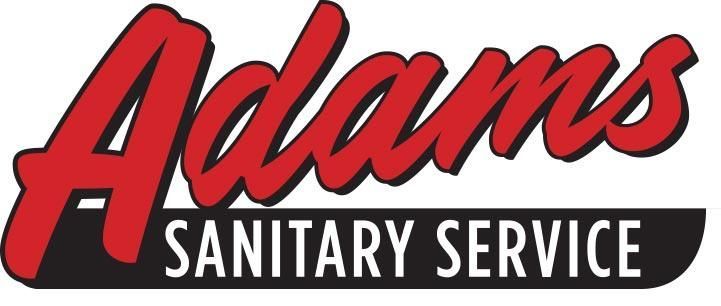


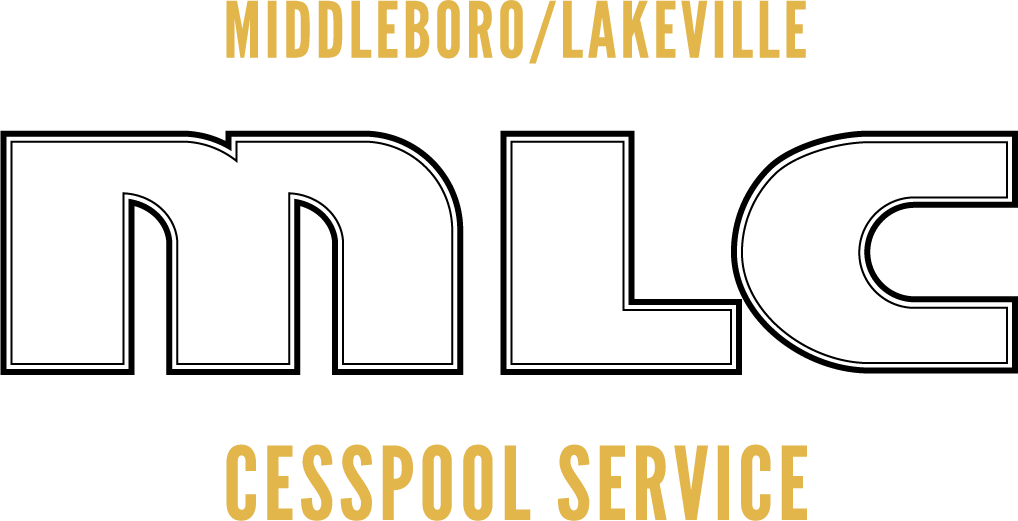




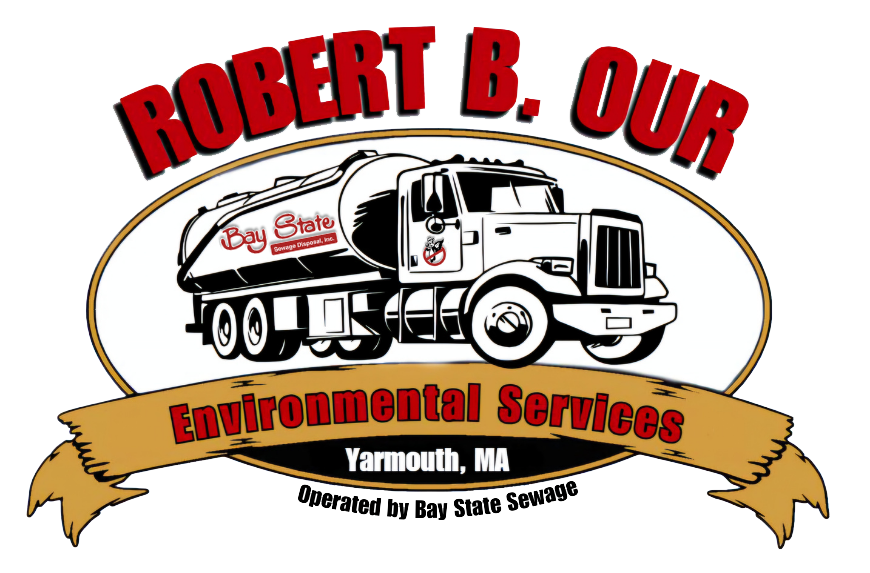

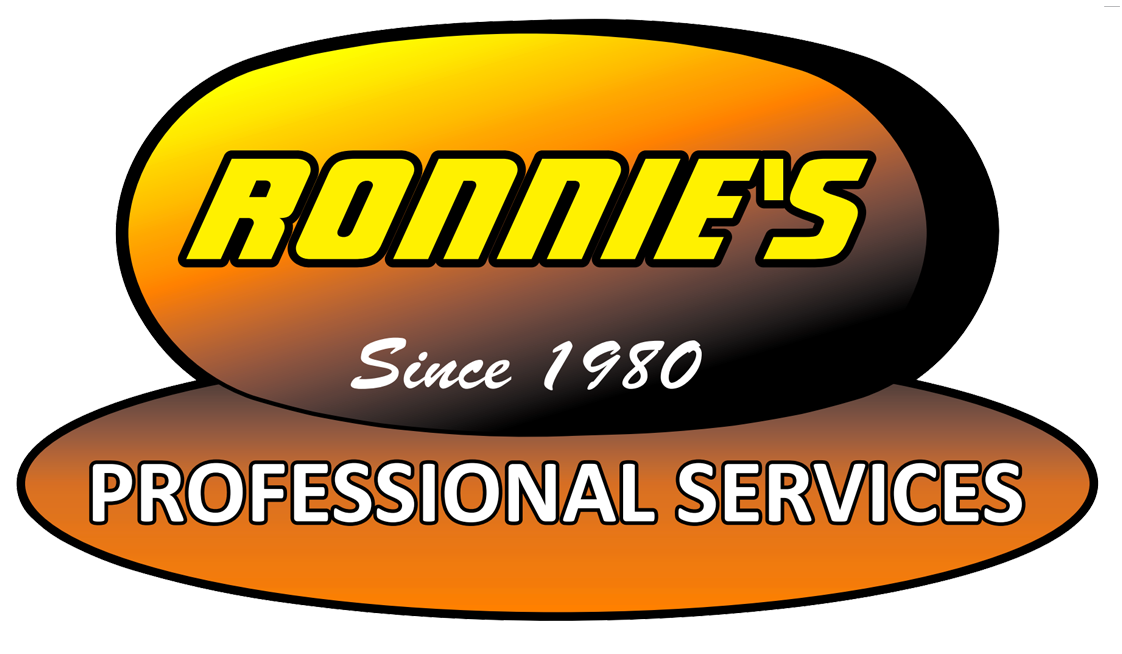
Share On: